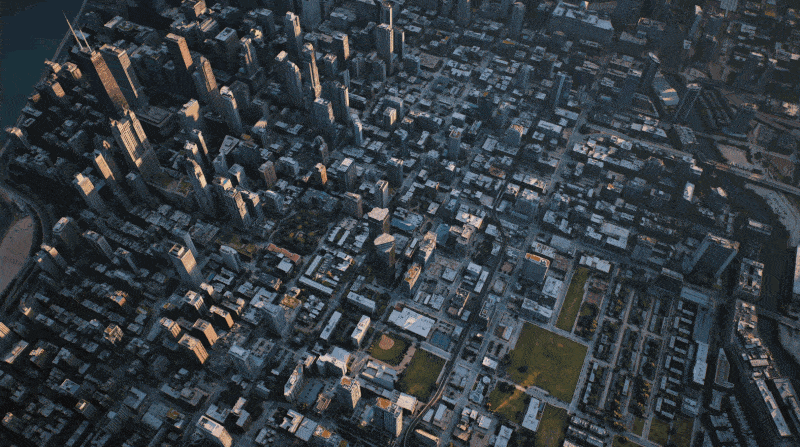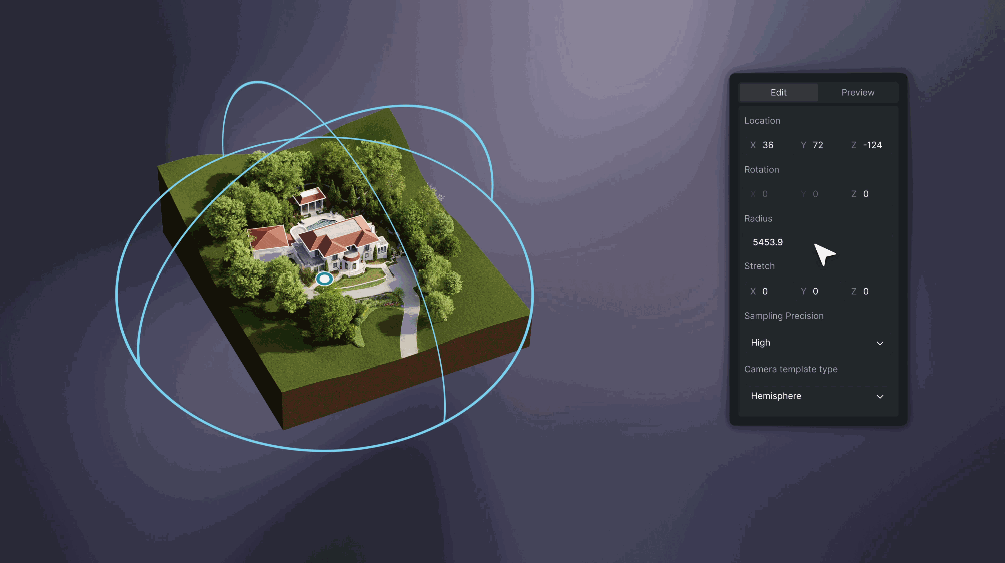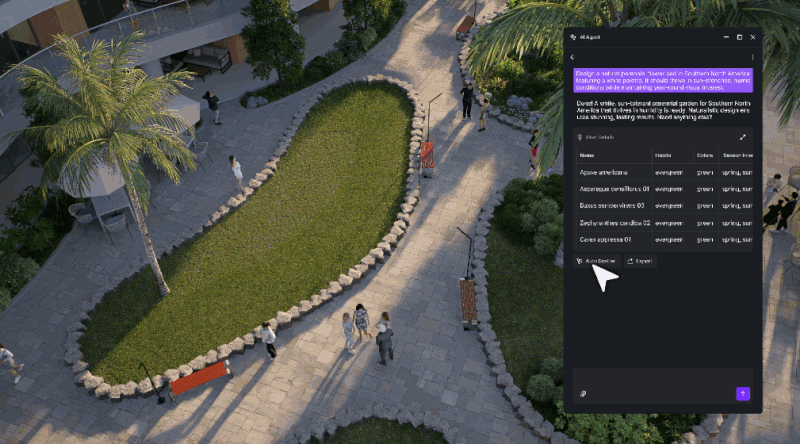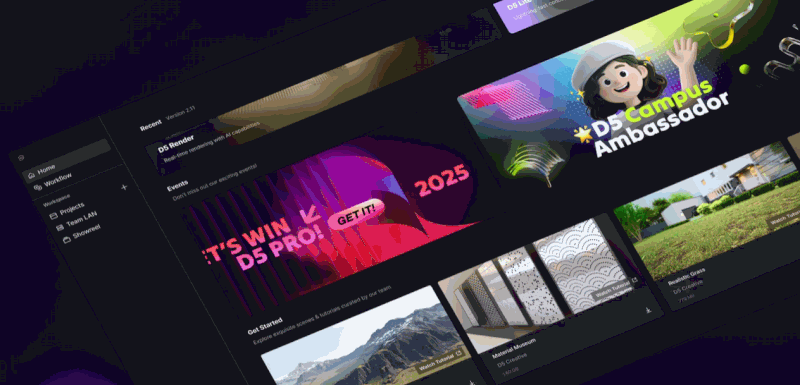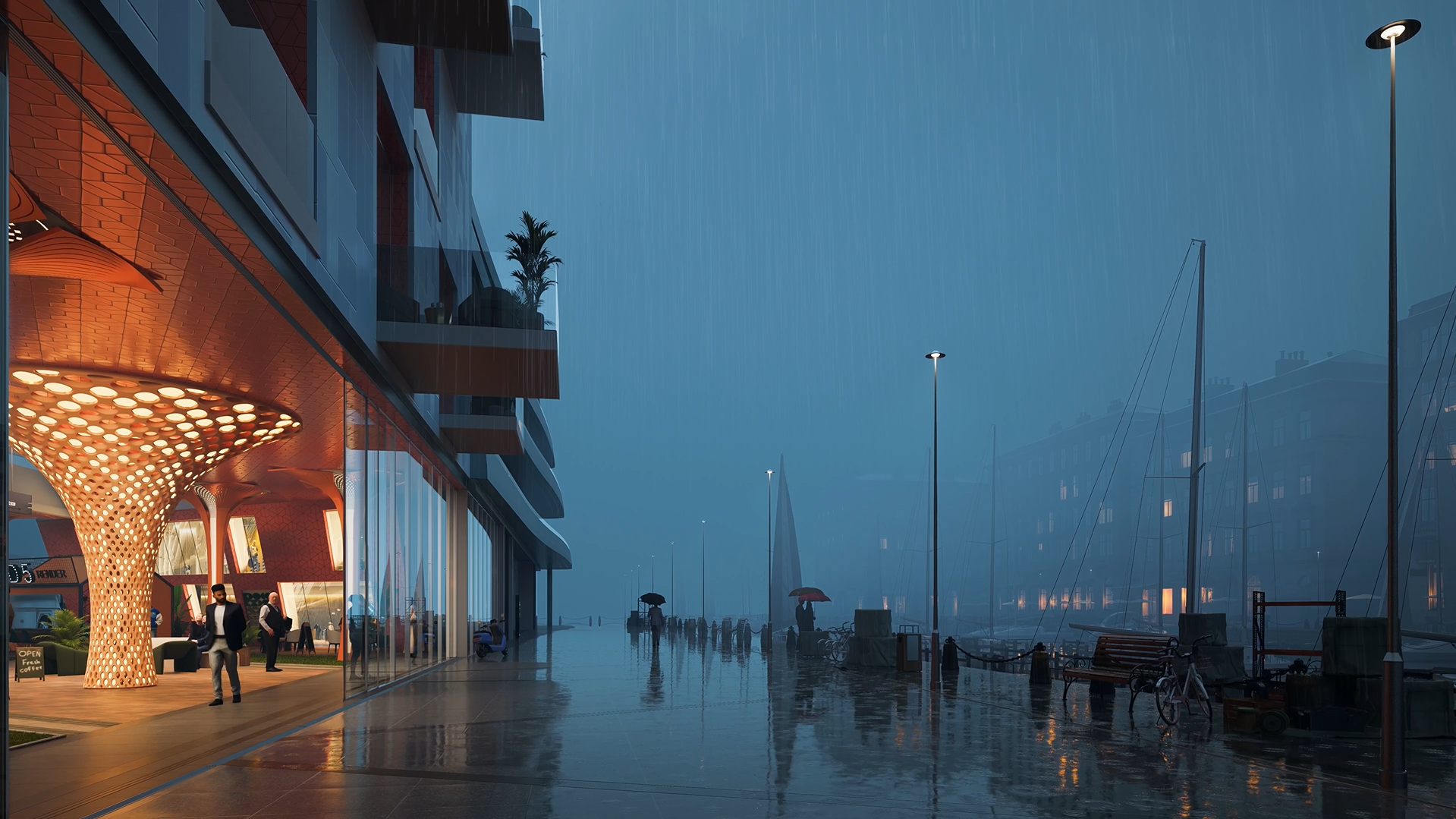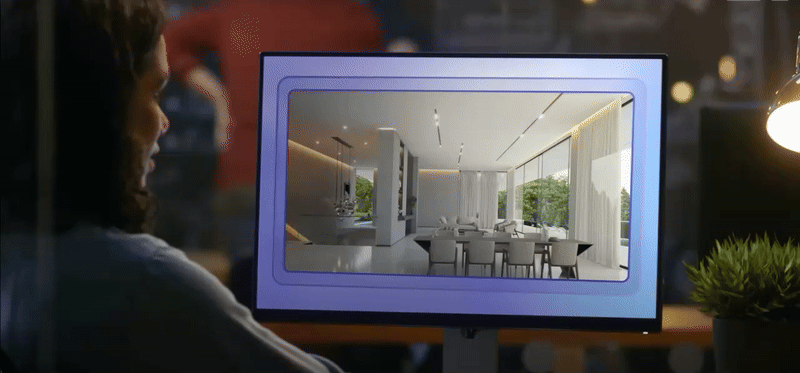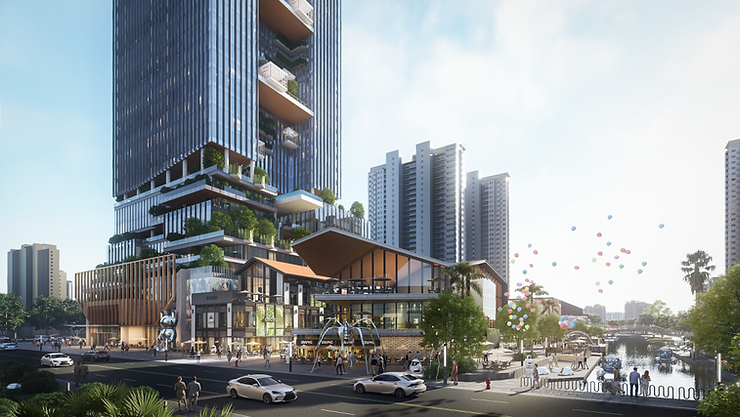
To guarantee real-time rendering speed and quality, a lot of factors are involved. Apparently graphics cards play a key role, and VRAM can also affect D5's performance in handling complex scenes. Of course, there are a lot more which will be covered in this article.
If you're just starting with D5 and don't know if it runs on your PC, needing hardware upgrade advice, or just curious about minimum&recommended requirements, find out what you need in this blog.
Key Takeaways on D5 Render Requirements
- D5 Render requires a ray-tracing GPU – Supported cards include NVIDIA RTX, AMD RX, and Intel Arc series for optimal performance.
- A powerful CPU and sufficient RAM (32GB+ recommended) ensure smooth scene loading and multitasking in D5 Render.
- Windows 10 (v1809+) with updated GPU drivers is essential for D5 Render’s DirectX Raytracing (DXR) technology.

Why Does D5 Render Have Specific System Requirements?
D5 Render is a GPU-based renderer that is built on DXR and ray-tracing technology.Ray tracing is a fundamental part of D5 that enables GPU to render complex models and scenes with physically accurate shadows, reflections, and refractions. It requires both GPU and the operating system to have corresponding modules.
While D5 Team has kept working on optimizing its algorithm to make it compatible with various ray tracing GPU, it has minimum requirements for graphics cards and system configuration to bring its capacity into full play.
Requirements
Graphics Card
A graphics card that supports ray tracing is essential, because GPU performance plays a significant role in both preview mode and the rendering output. However, a high-end card isn't necessarily needed. While graphic cards with higher performance tend to bring out more potential of D5, some most basic ones can also handle D5 well.
Here is the list of currently supported GPU for D5:
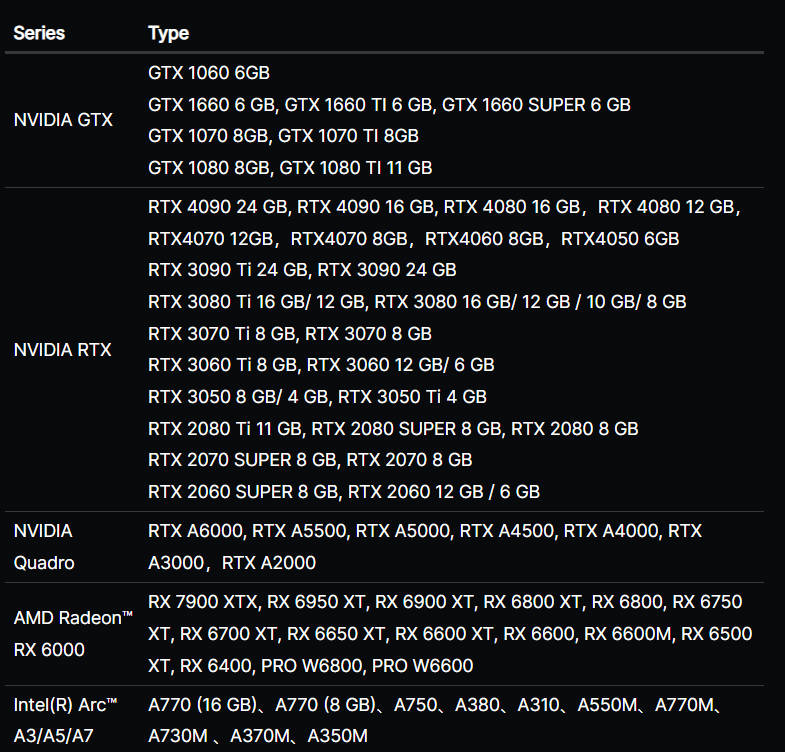
- Minimum requirement: Nvidia GTX 1060, Intel Arc 3, AMD RX 6400
- Recommended Requirements: Nvidia RTX 3060 (Ti)
- Optimal Requirements: Nvidia RTX 3090
CPU (Central Processing Unit)
CPU rendering uses all the cores of CPU throughout the rendering process. Multiple cores allow PCs to run multiple processes at the same time with greater ease, increasing your performance when multitasking (for example: loading assets and moving the camera) in D5.CPU is mainly responsible for D5's interaction and game thread, such as loading scene files, analyzing material maps, processing meshes, and so on. It also influences the location calculation of scattering tools and resource management of the scenes. In short, a high-performance CPU contributes to smooth interactivity and increases work efficiency when rendering.
- Recommended Requirements: Intel Core i5-11400, AMD Ryzen 3 5300G
- Optimal Requirements: Intel Core i9-13900K, AMD Ryzen 9 7950X
RAM (Random-access Memory)
RAM gives applications a place to store and access data on a short-term basis. It stores the information your computer is actively using so that it can be accessed quickly. For example, the hard drive is a warehouse where we store all data and programs on a computer, then the RAM is the studio where we work. And when we open some programs and files, we need to move them from warehouse to the studio. Therefore, bigger RAM enables the computer to handle more work.
In addition, when the video memory of GPU is out of usage, Windows system will convert about 50% of RAM to video memory (Shared GPU memory) as a complement. That's why some users see a nice overall performance of D5 when they are using RTX 3050 4GB, with 32GB of RAM.
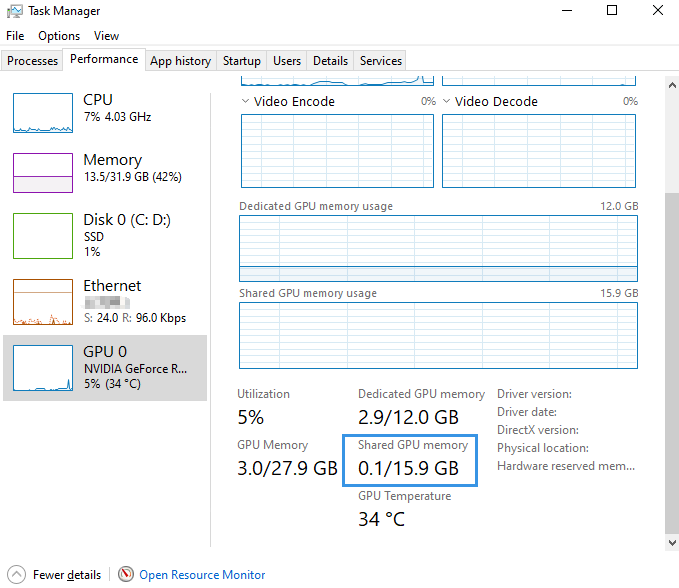
GPU Memory=Dedicated GPU memory (VRAM) + RAM*50%
- Recommended Requirements: 32GB (16*2), DDR4
- Optimal Requirements: 128GB (32*4), DDR5

Power Supply
For power supply, there isn't strict requirement to meet as long as yours keeps providing power for graphics cards and other components stably. Too low a Wattage may cause your PC to automatically reboot when rendering or previewing in D5 Render.Don't worry. D5 has added Auto-save feature to help you with such problems.
Here are some recommendations for power supply:

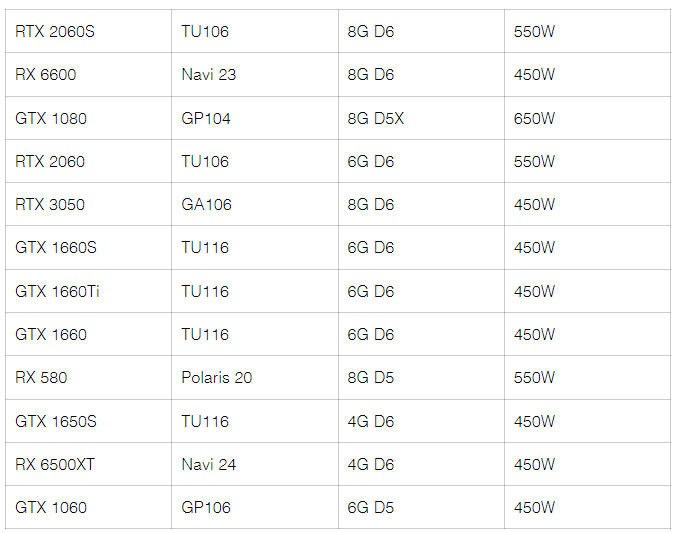
Operating System
Minimum requirement: Windows 10 V1809
D5 Render is partially based on DirectX Raytracing technology(DXR) of Microsoft, which sets the minimum operating system requirement for D5 at Win10 v1809.
What is DXR?
"DirectX Raytracing (DXR) is a feature introduced in Microsoft's DirectX 12 application programming interface (API) that implements ray tracing, for video graphic rendering. DXR was released with the Windows 10 October update (version 1809)"
Graphics Card Driver
Please upgrade the graphics card driver to the latest version.Timely graphics driver updates usually fix certain bugs, or optimize certain algorithms for the hardware, ensuring the maximum performance while preventing crashing of D5.
Benchmark
To see more statistics for your reference, you can go to Benchmark and see test results from D5 users. You're also welcome to run this tool yourself and see how your hardware ranks alongside others when running D5 Render.
Conclusion on D5 Render Requirements
To get the best performance from D5 Render, just meet these key system requirements: a ray-tracing GPU (like RTX 3060), a decent CPU (i5/Ryzen 5+), and 32GB RAM. Need to upgrade? Check our recommended specs and benchmarks for smooth, high-quality rendering. Ready to render? Download D5 today!



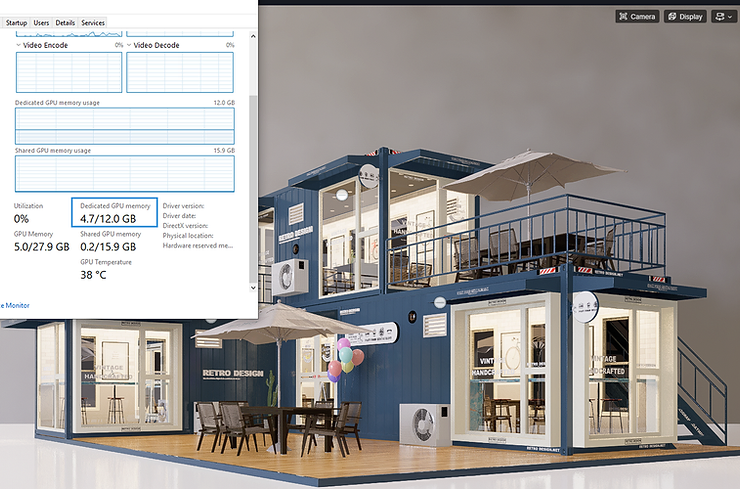




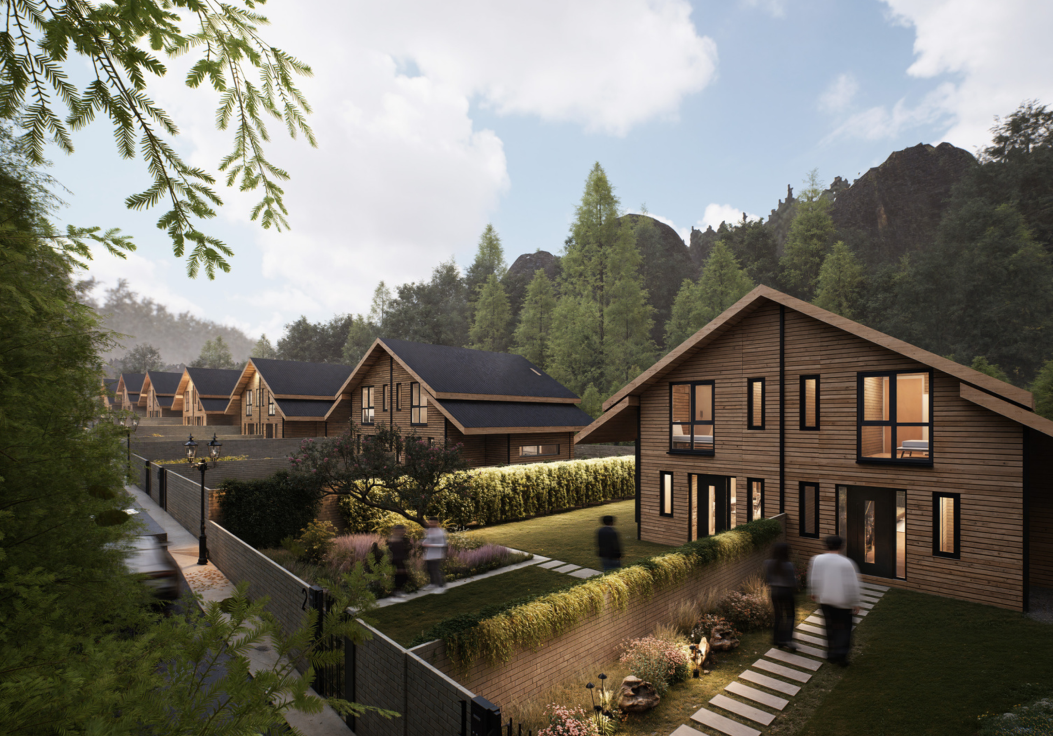
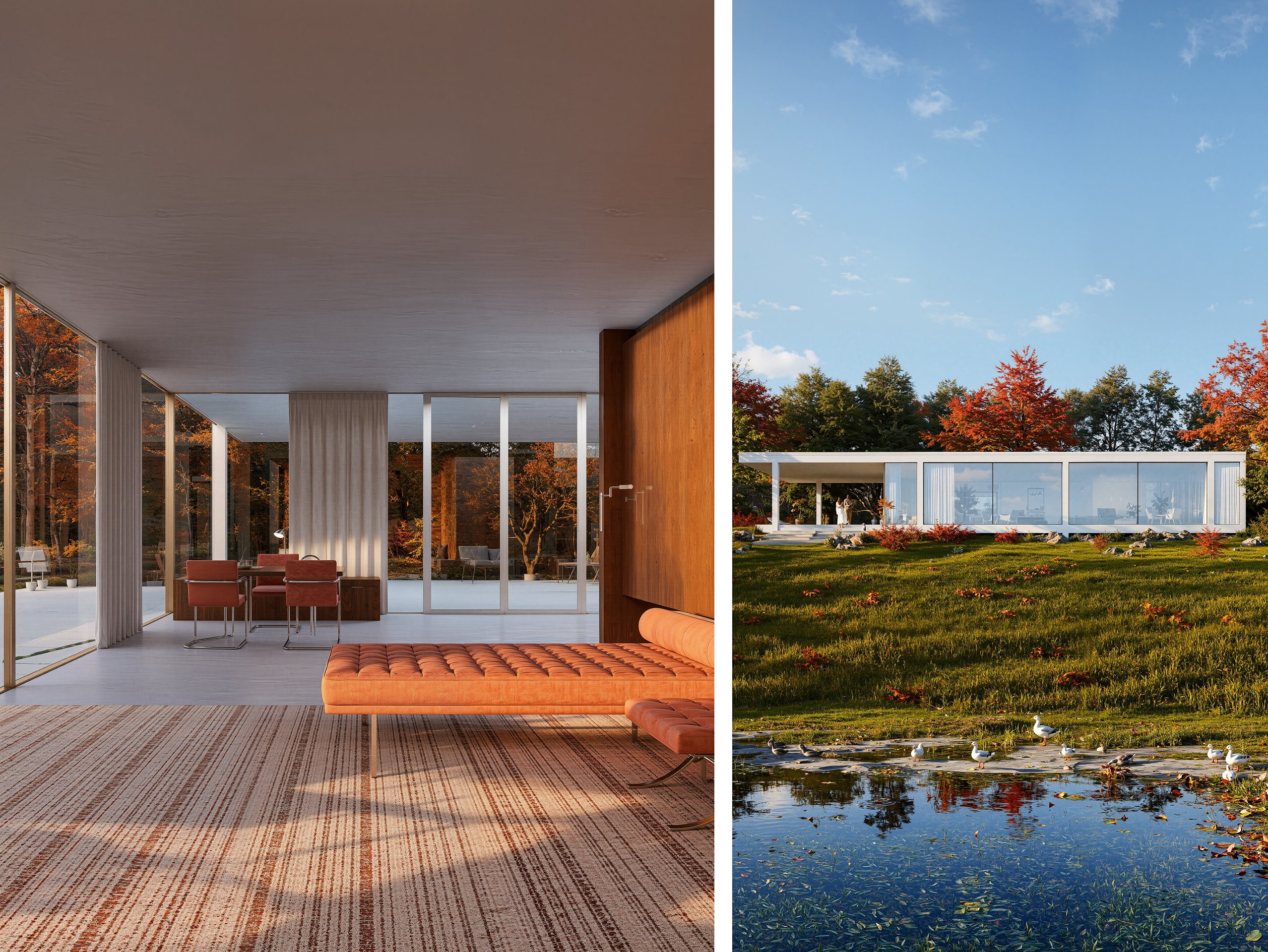

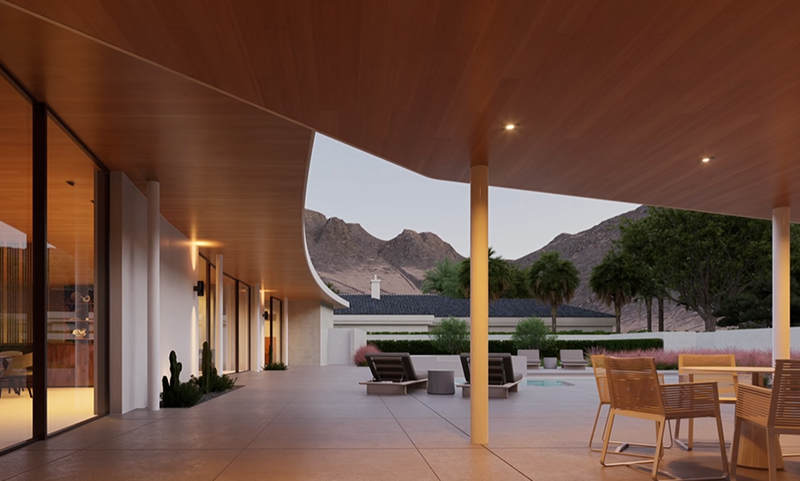
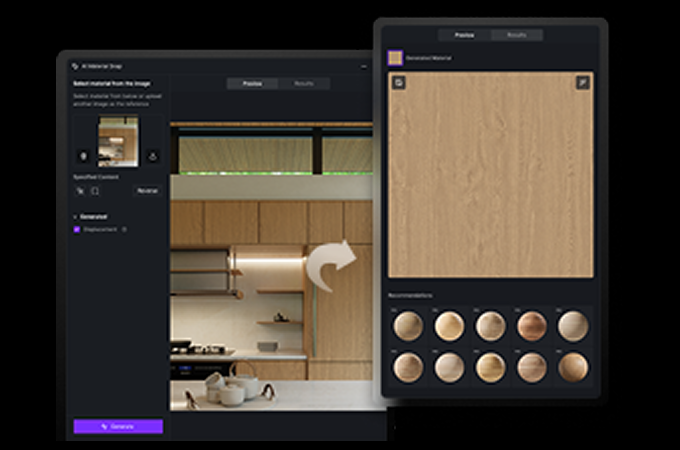


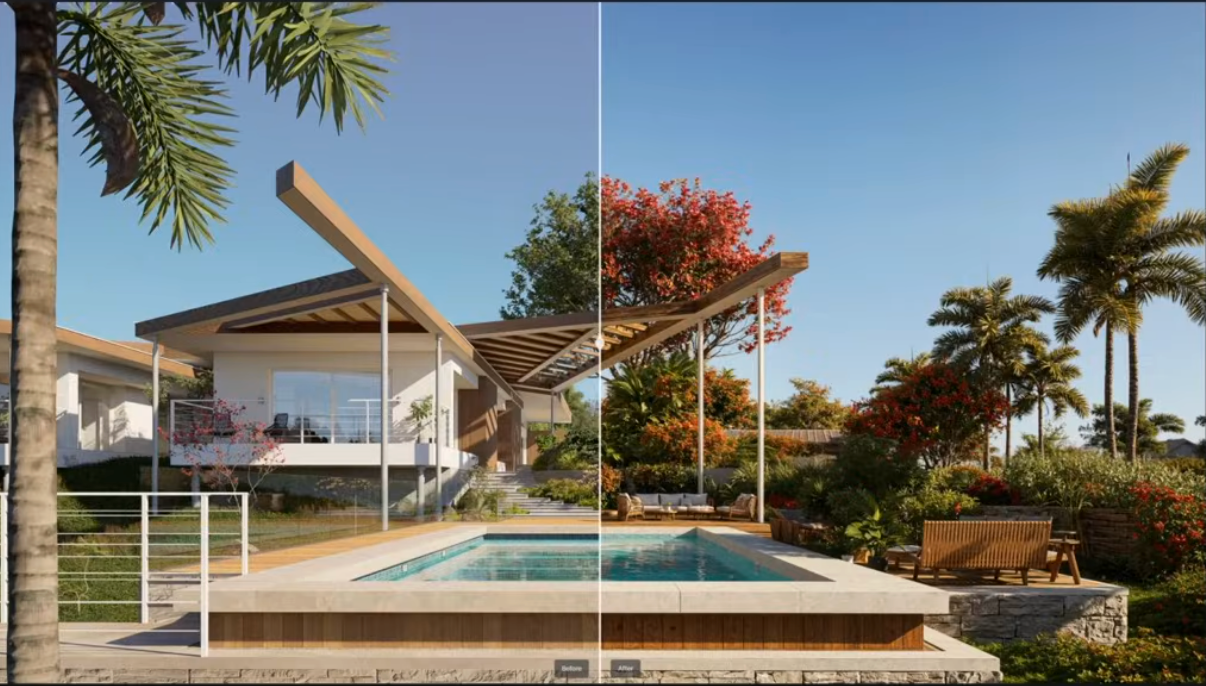

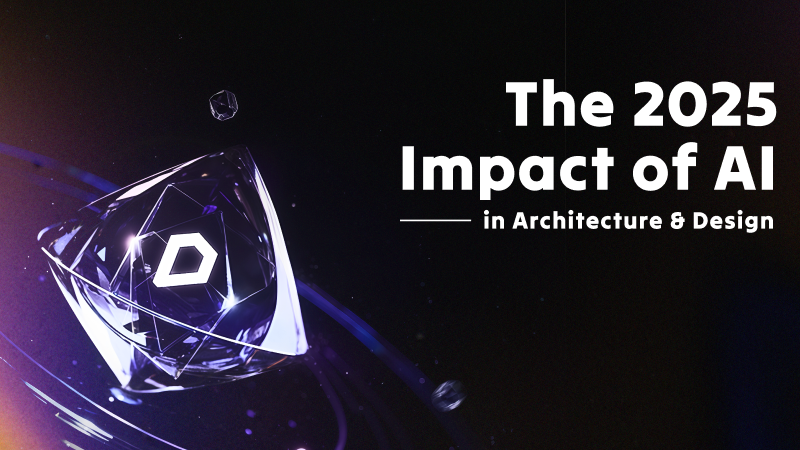
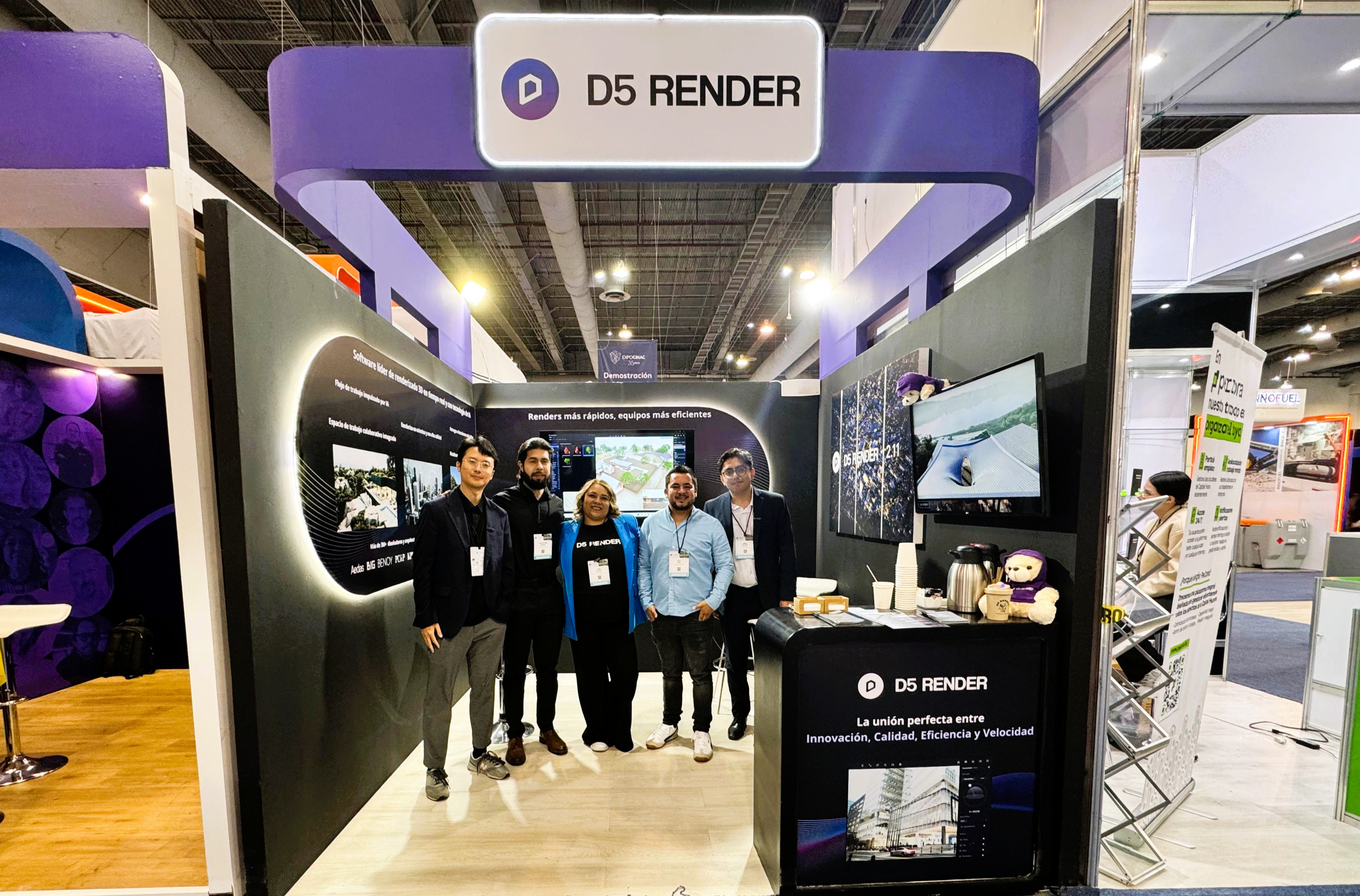


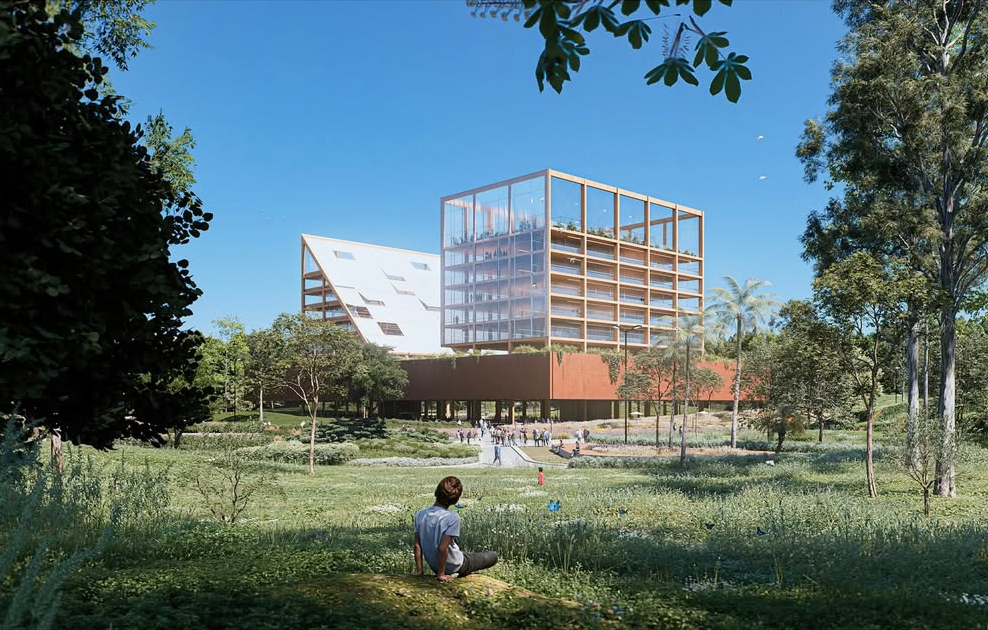

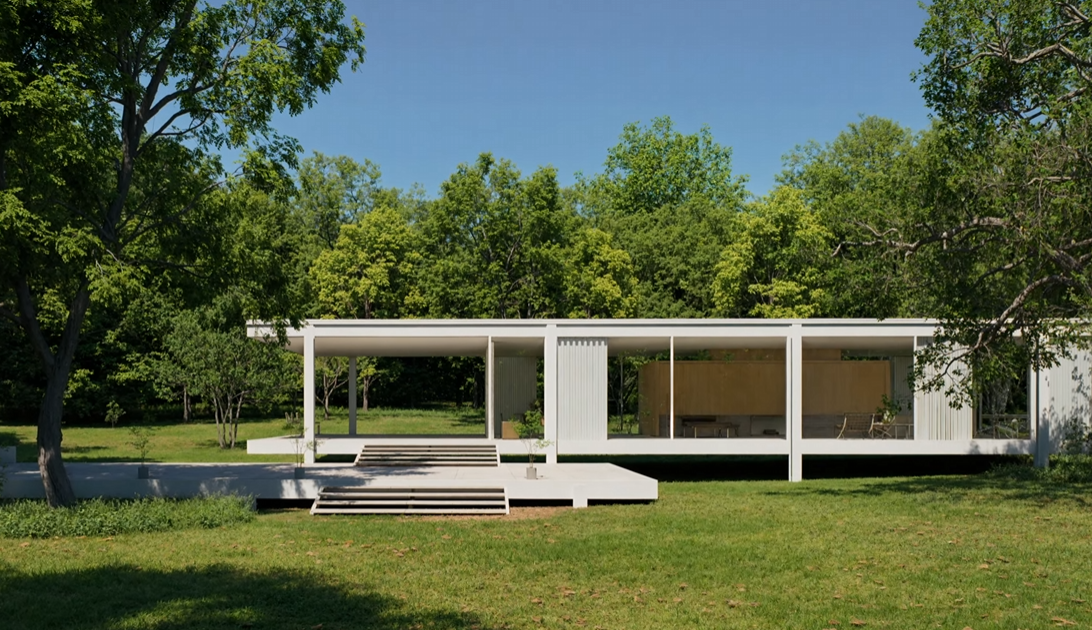

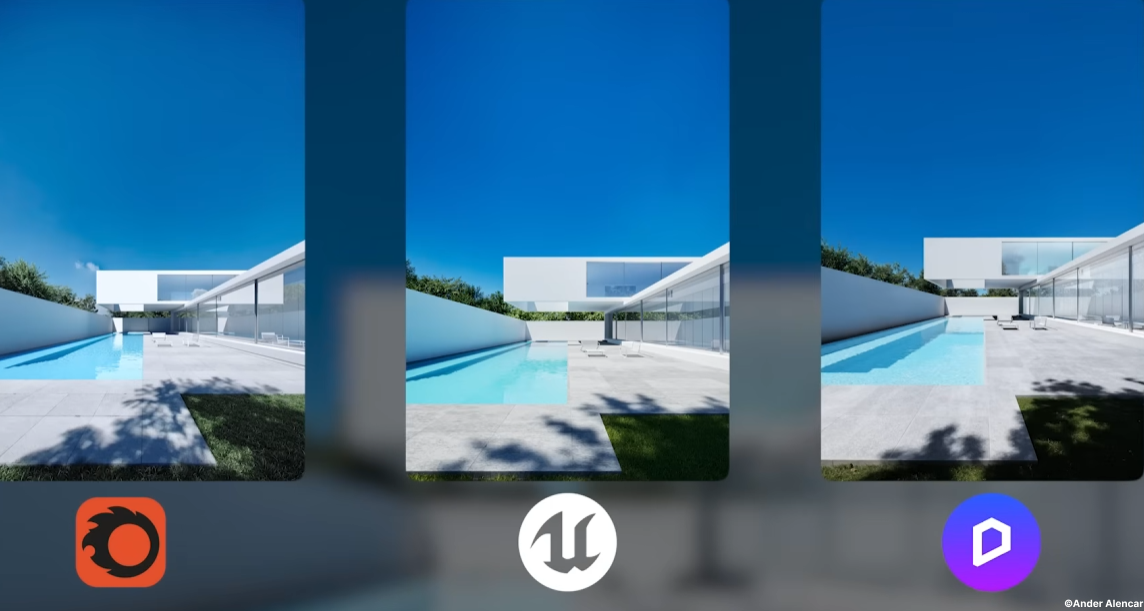
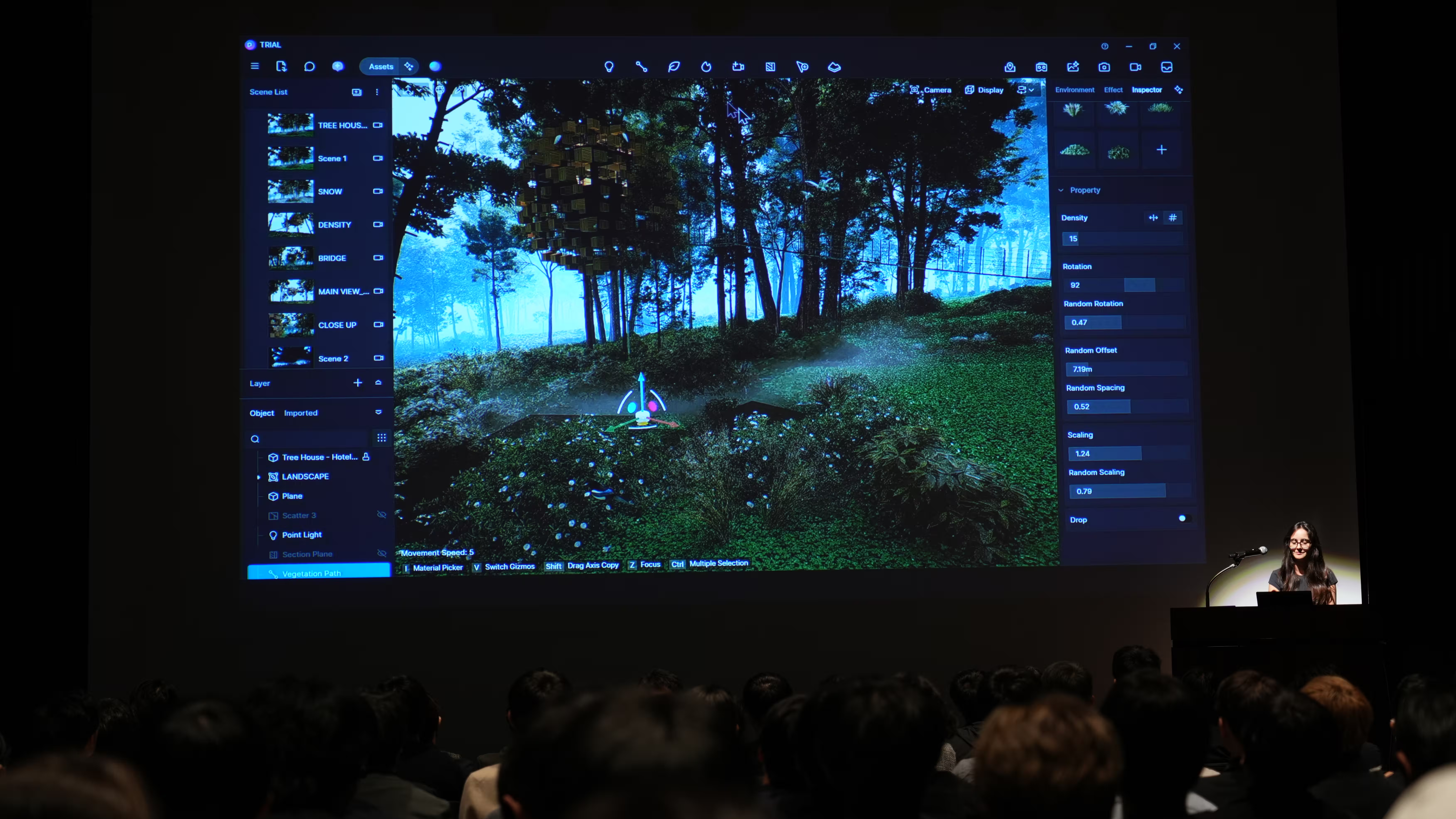
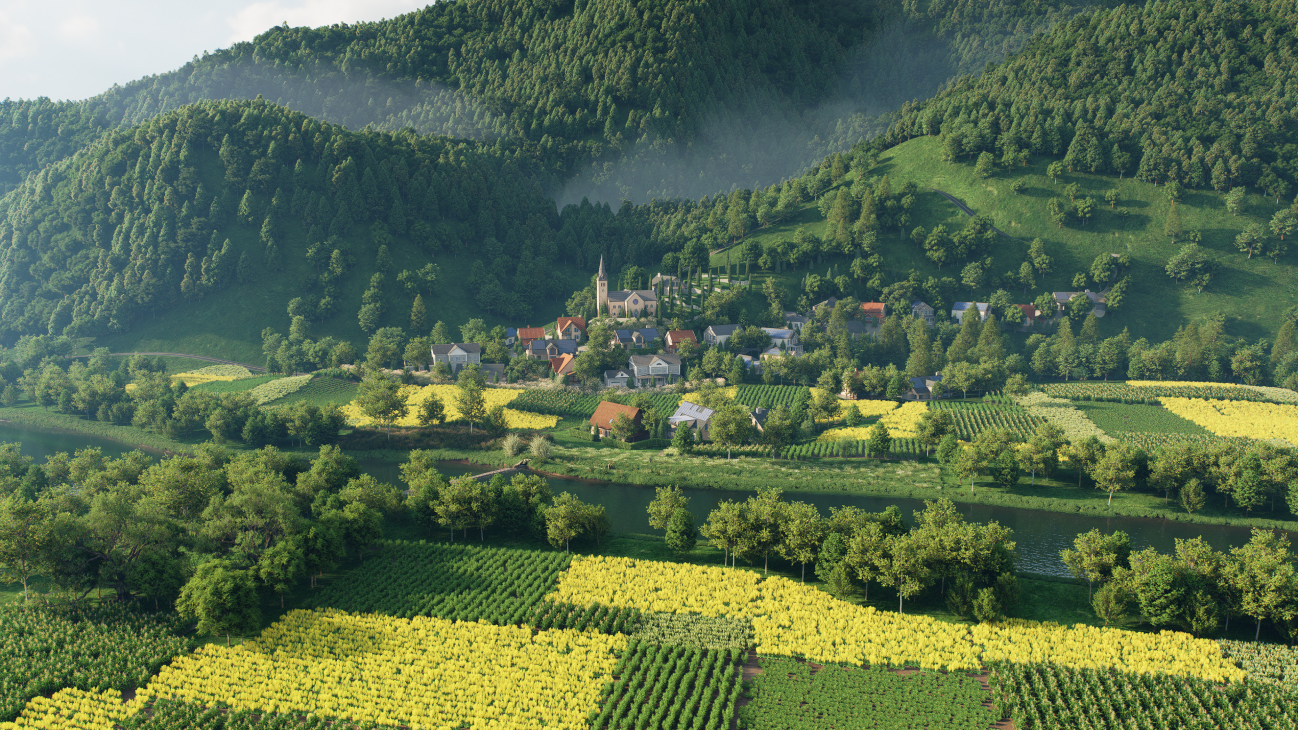
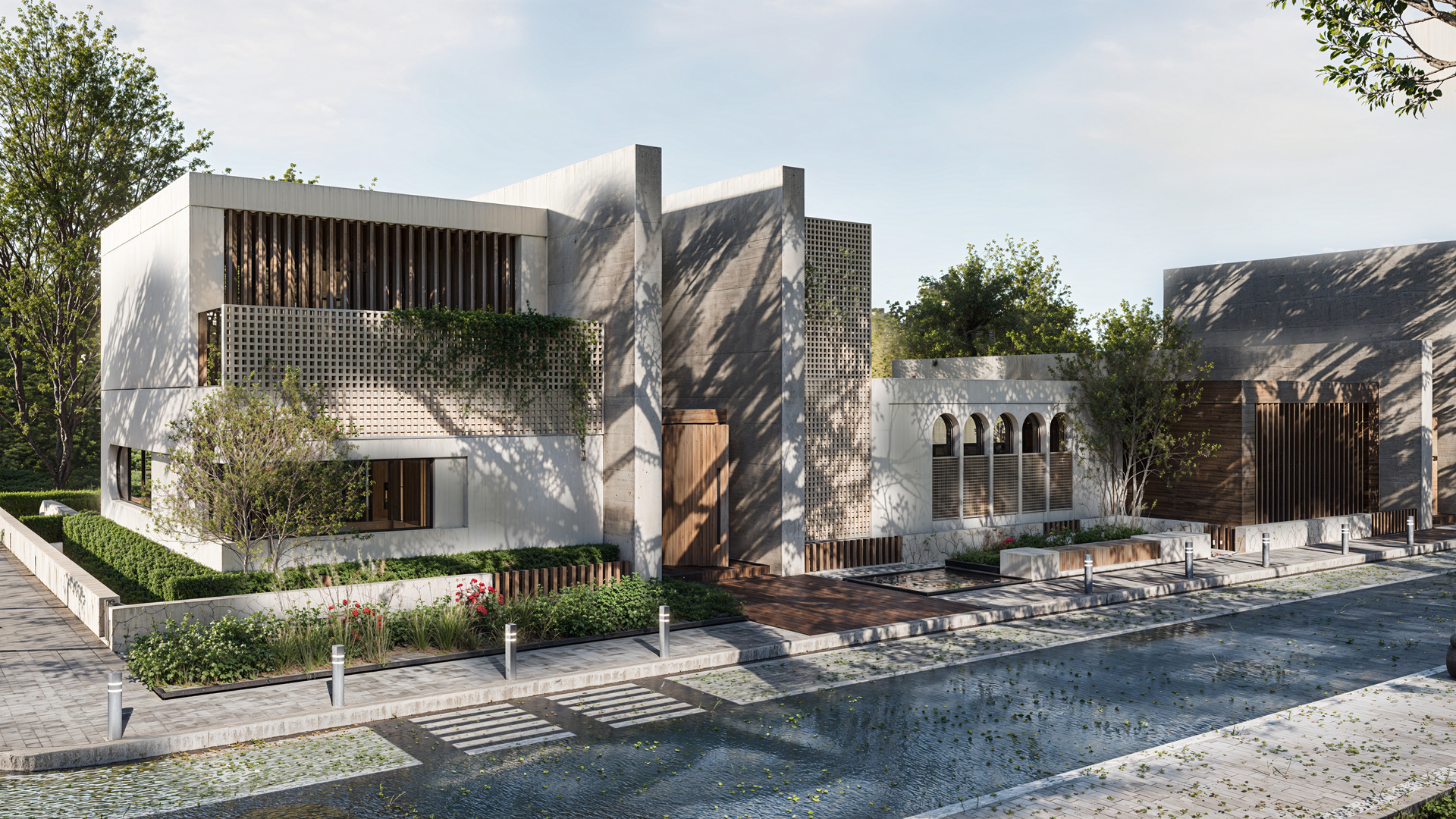

%20(1).png)
.png)

.png)

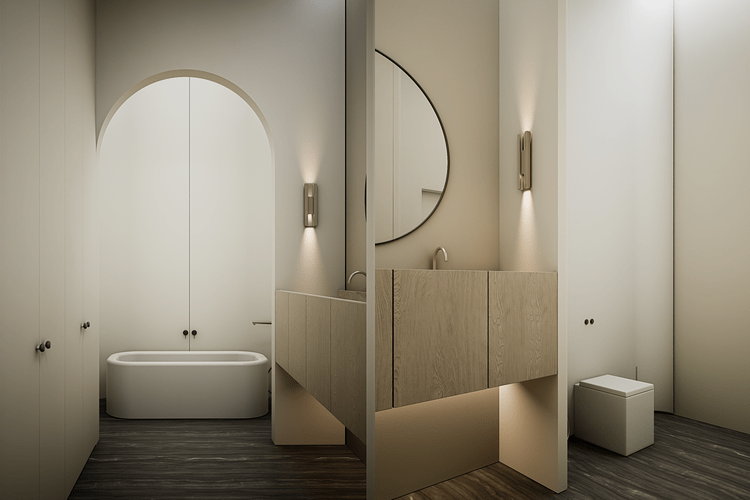
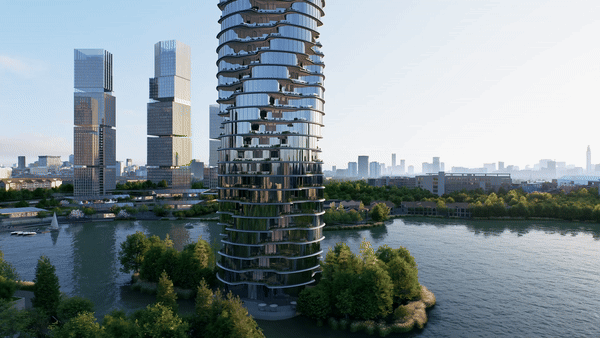

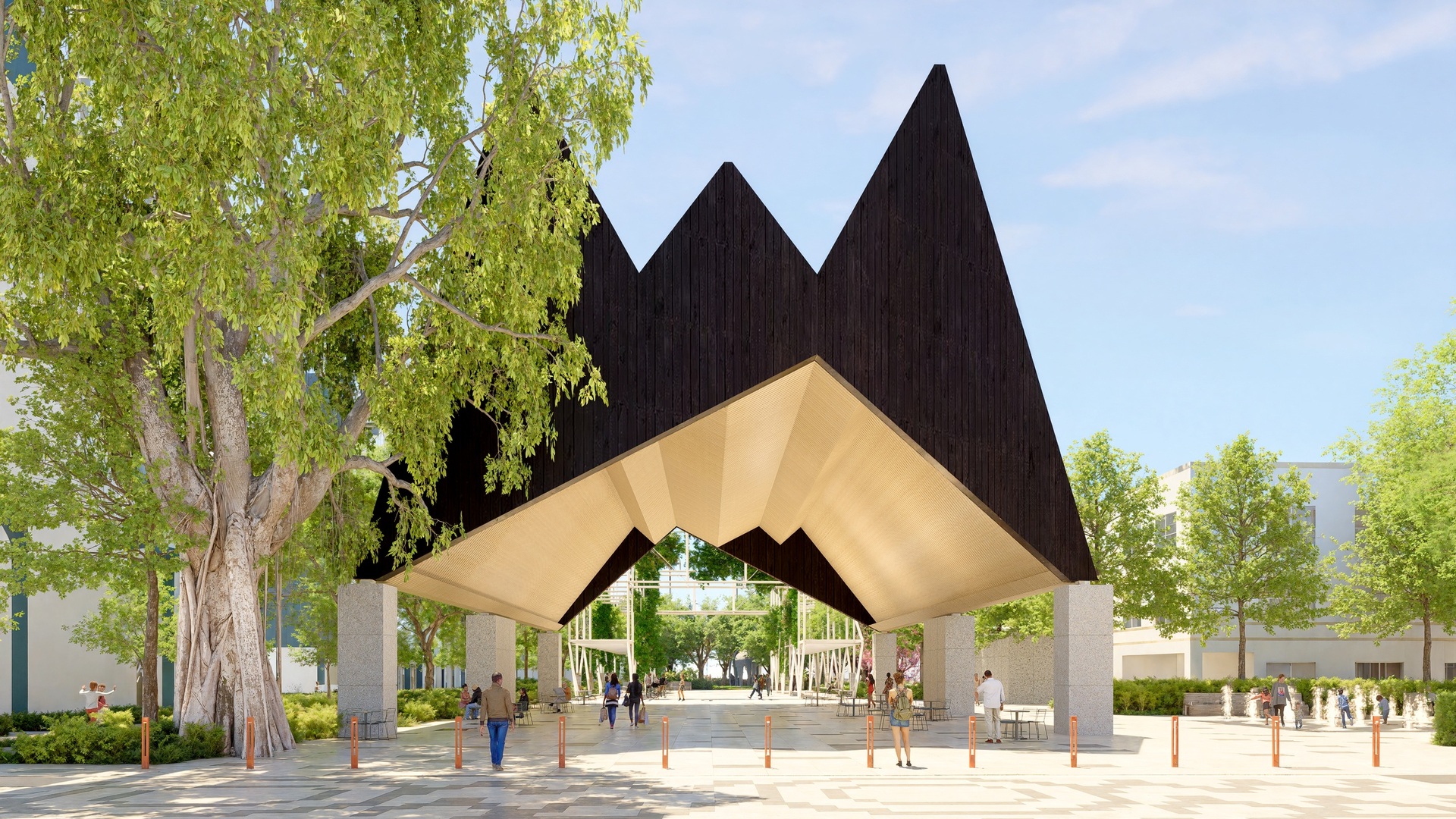

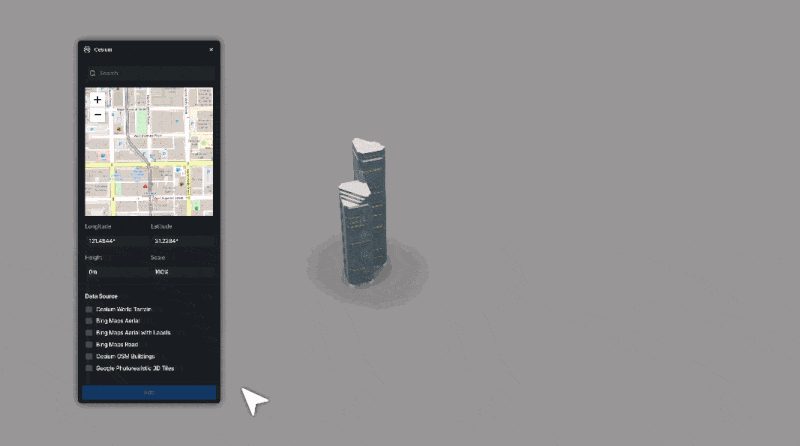




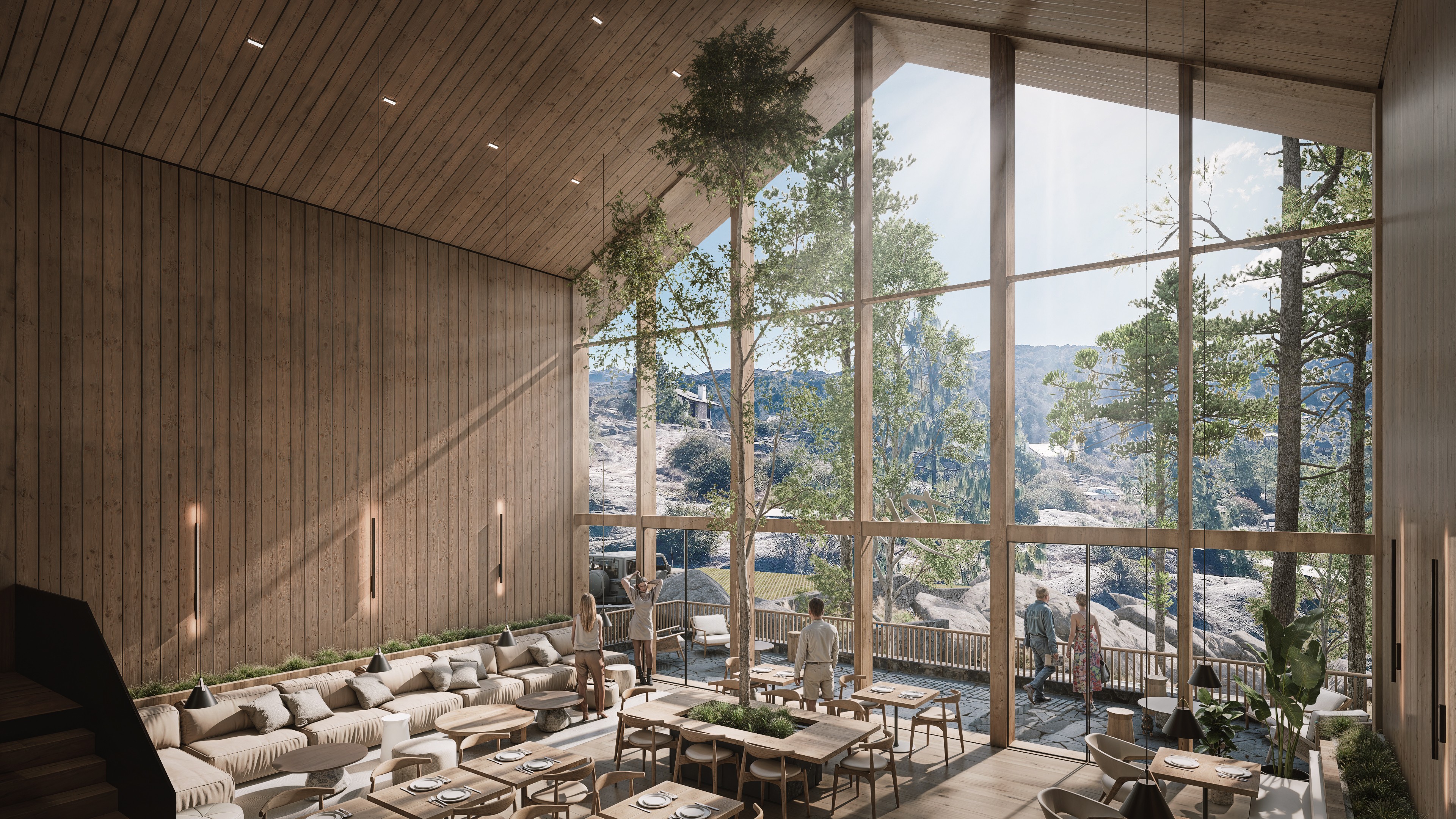
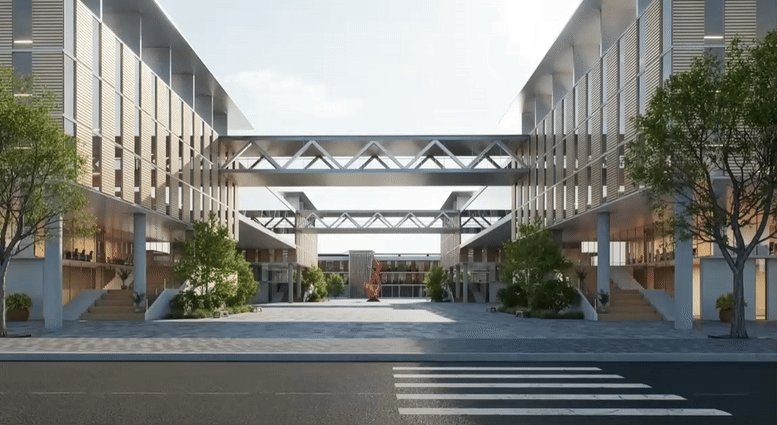
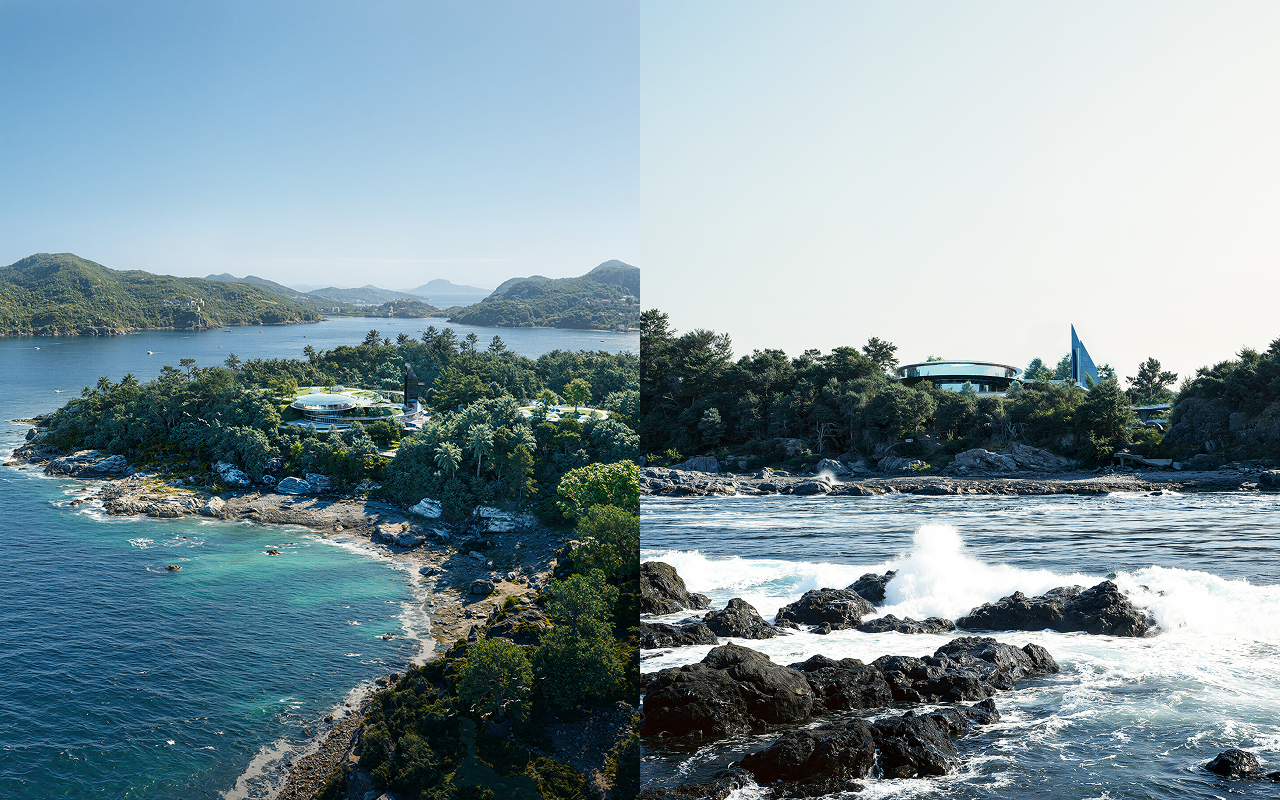
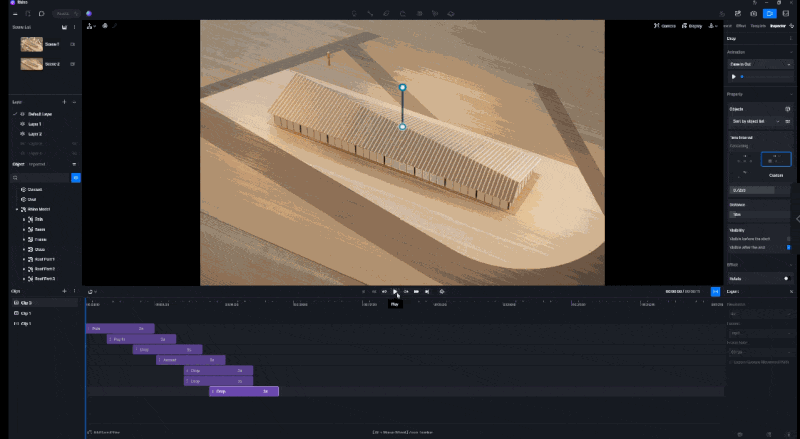



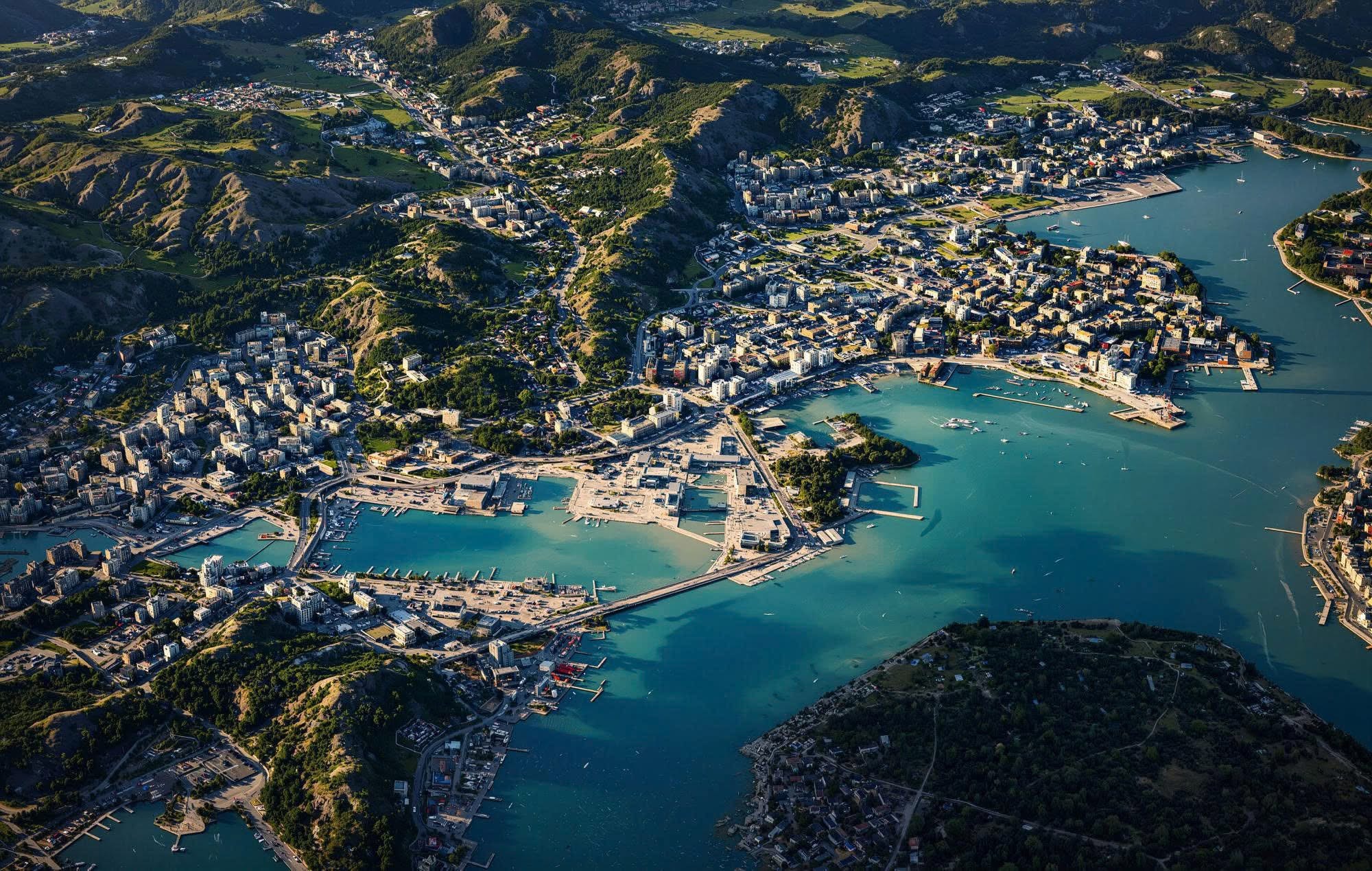
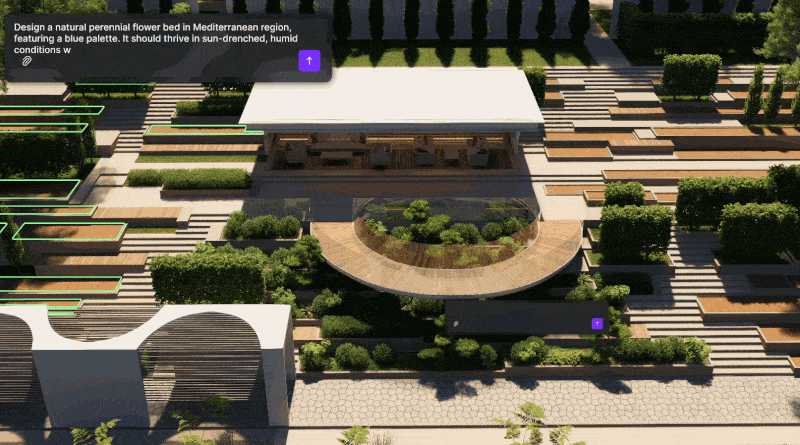
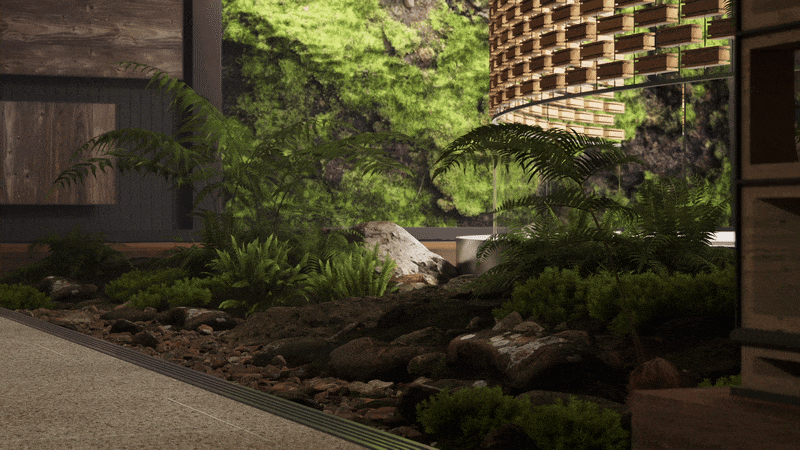


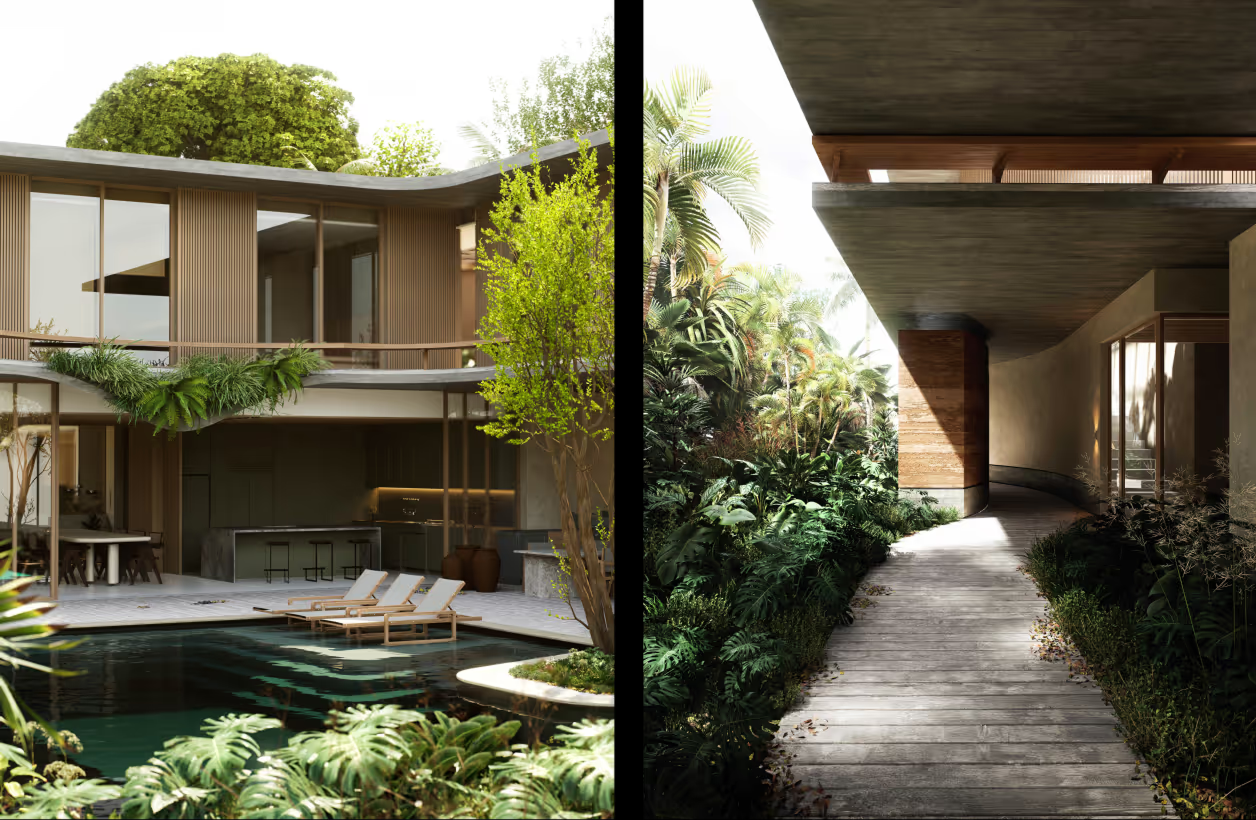


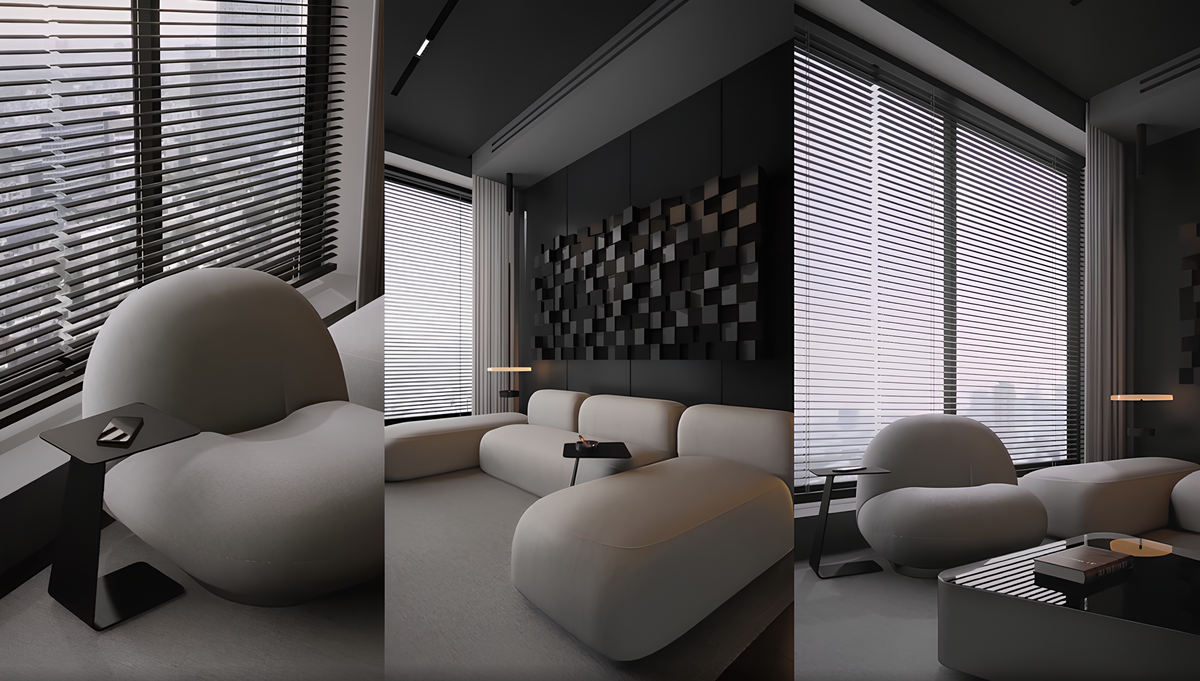





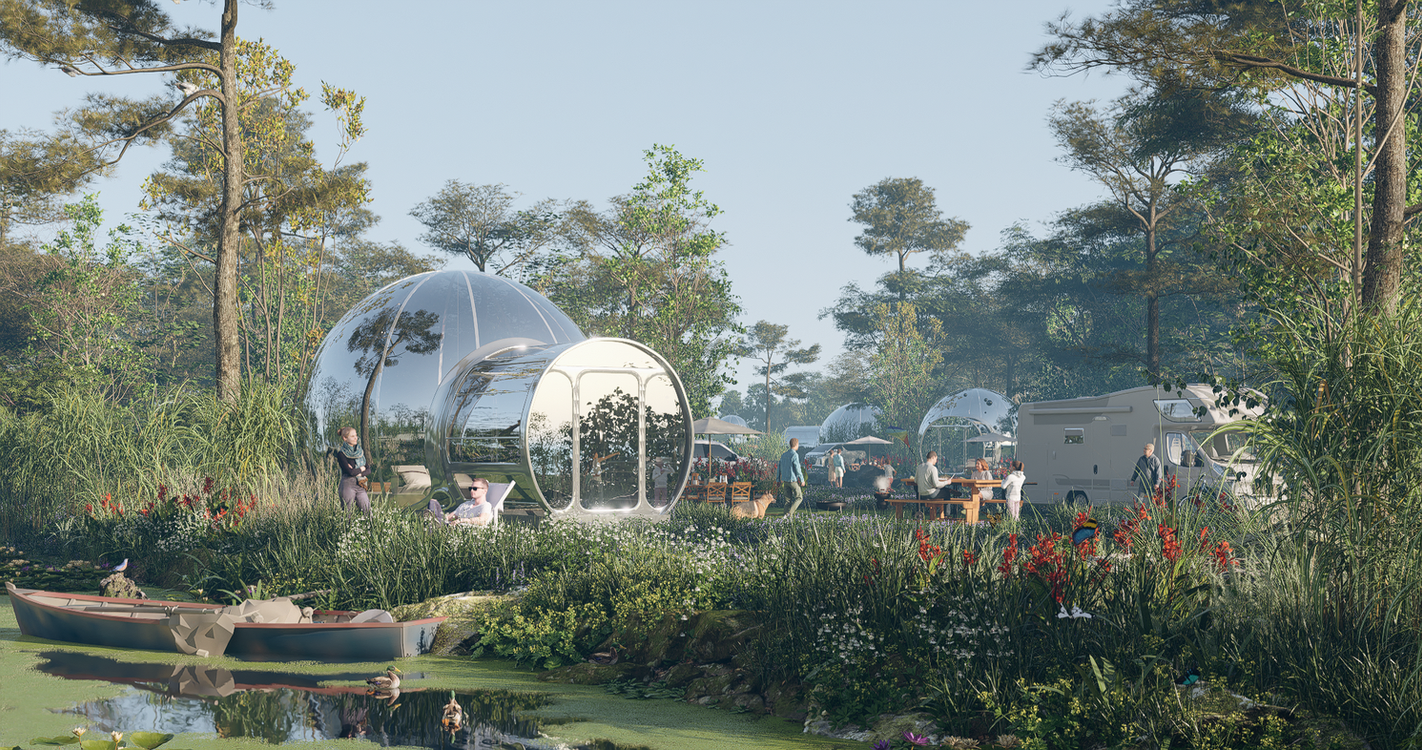
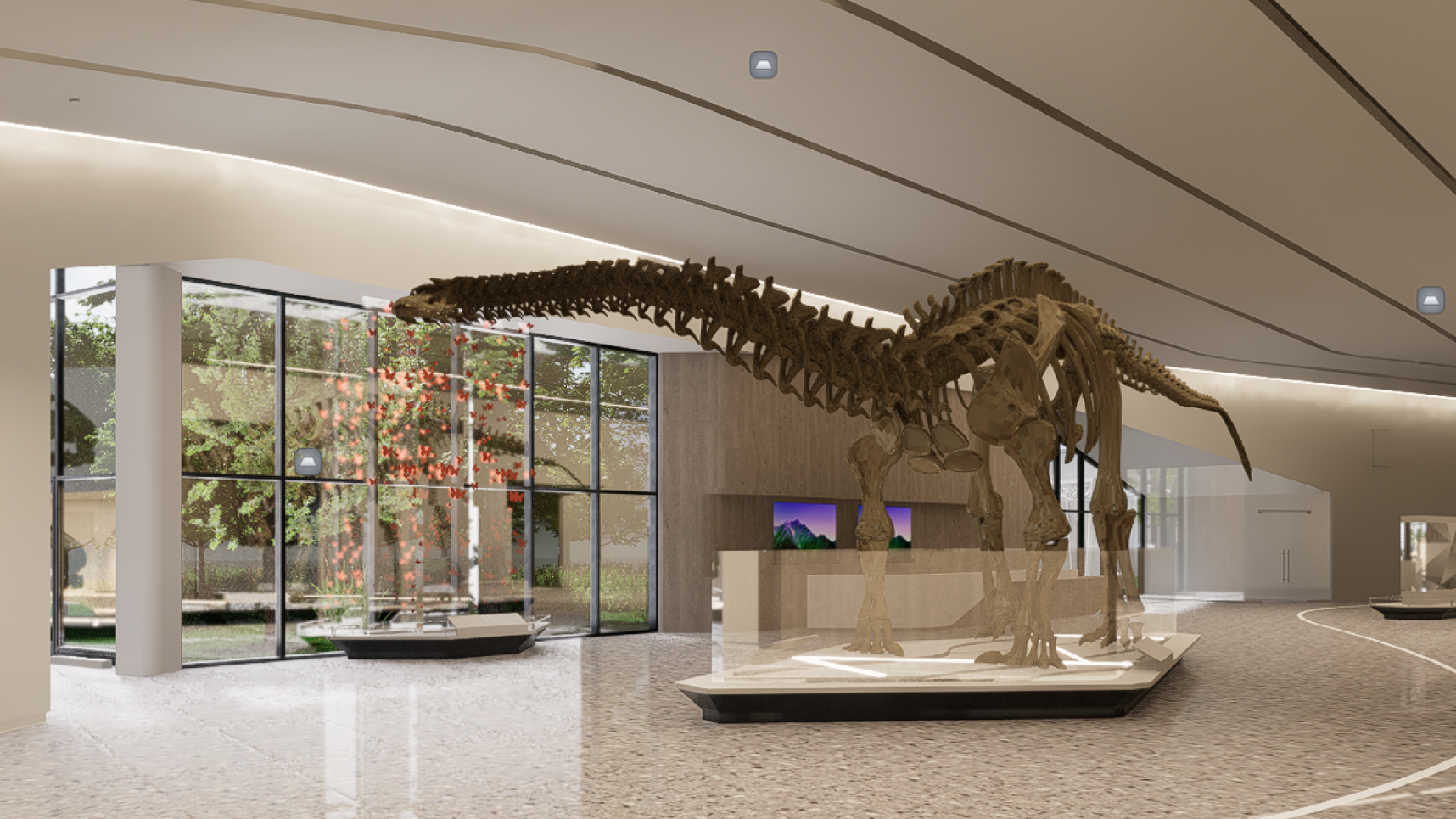
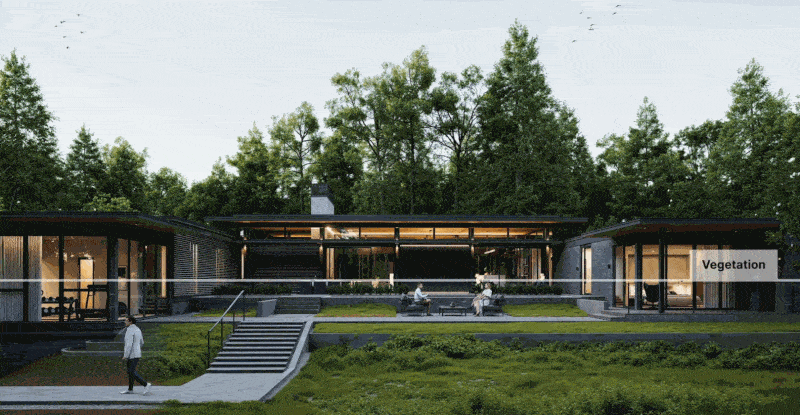

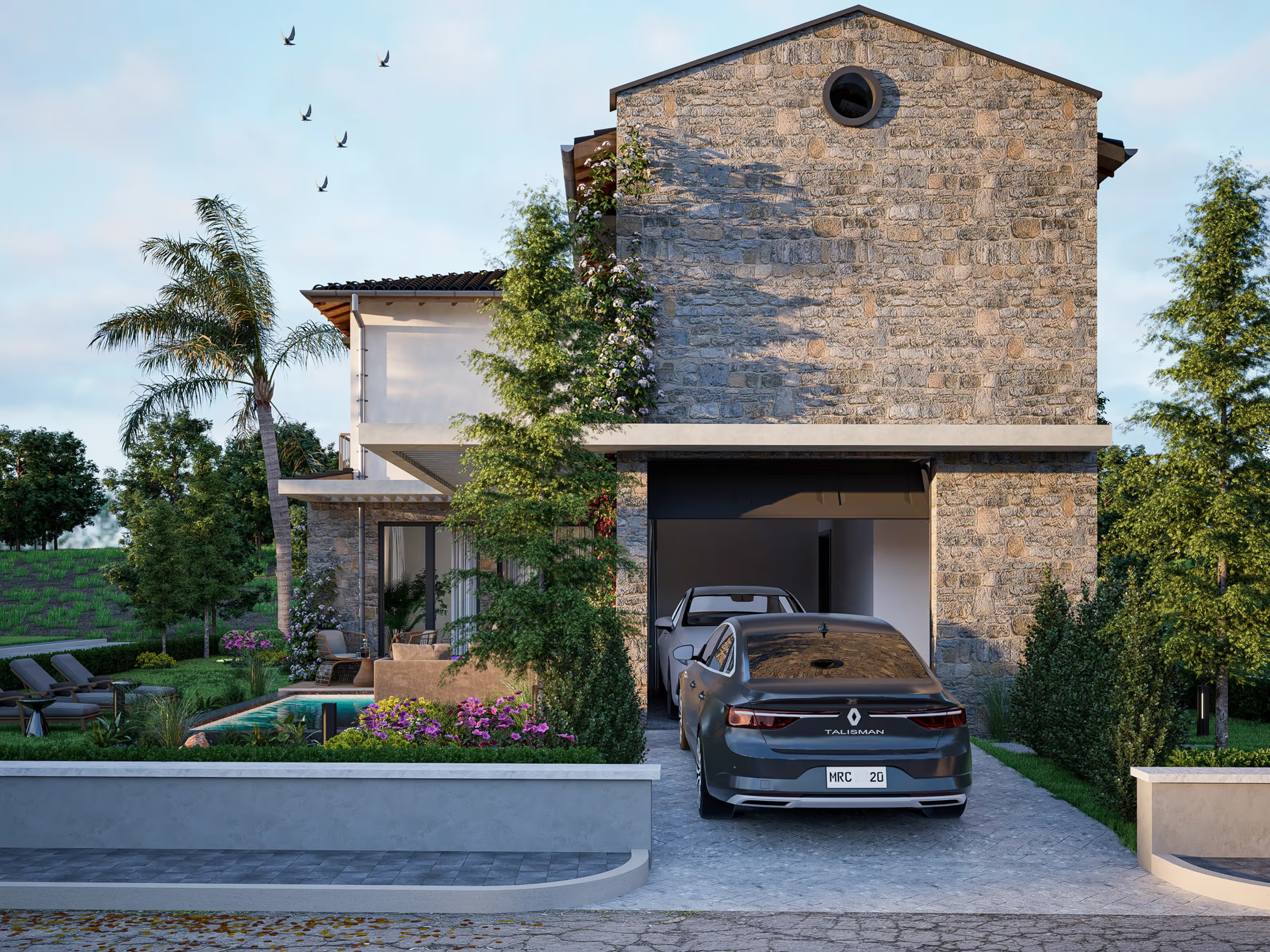



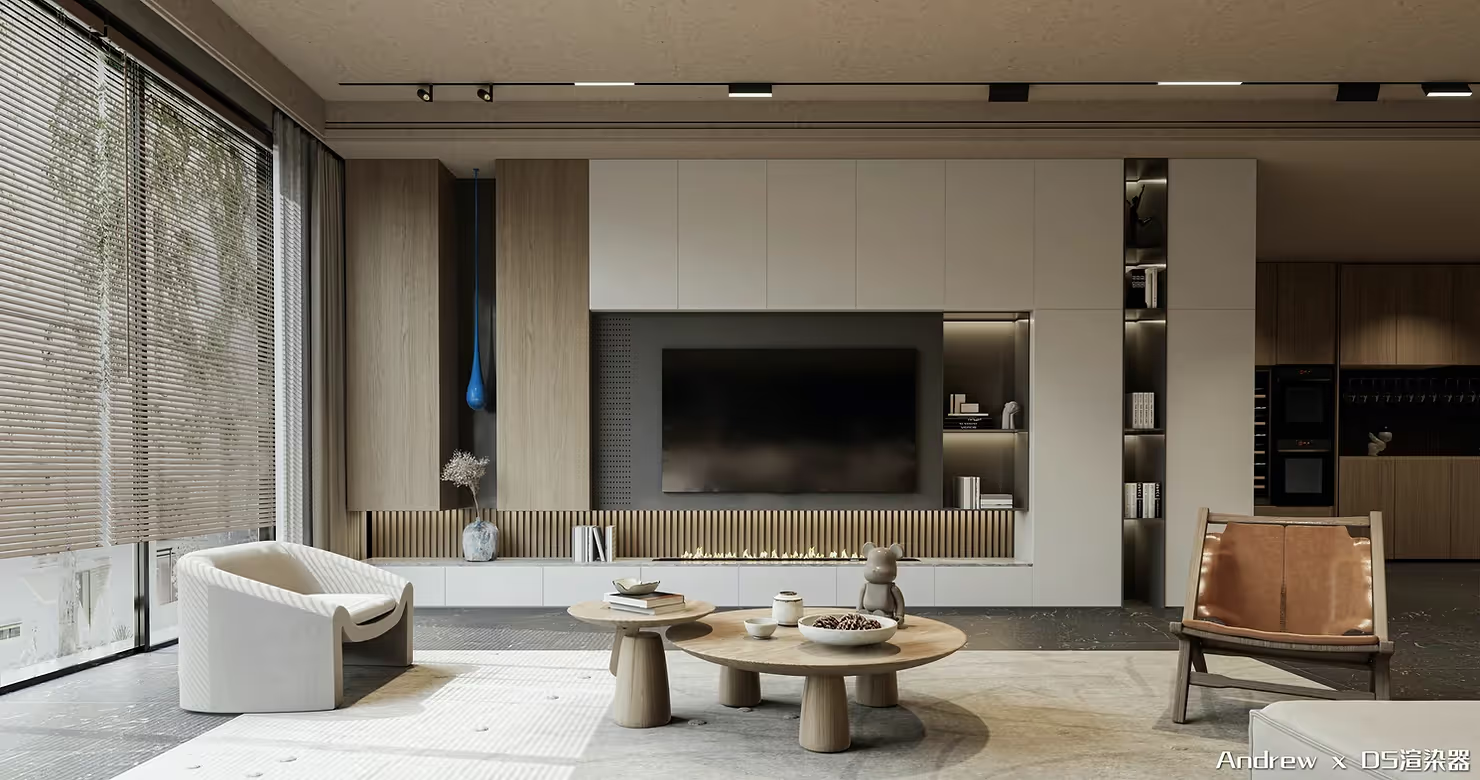
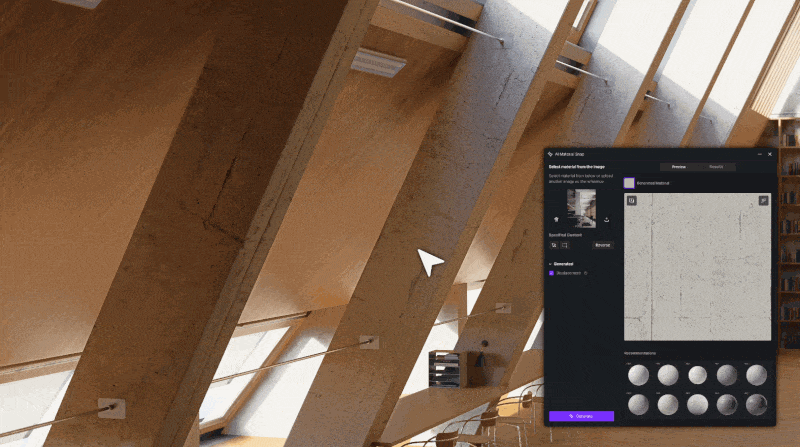
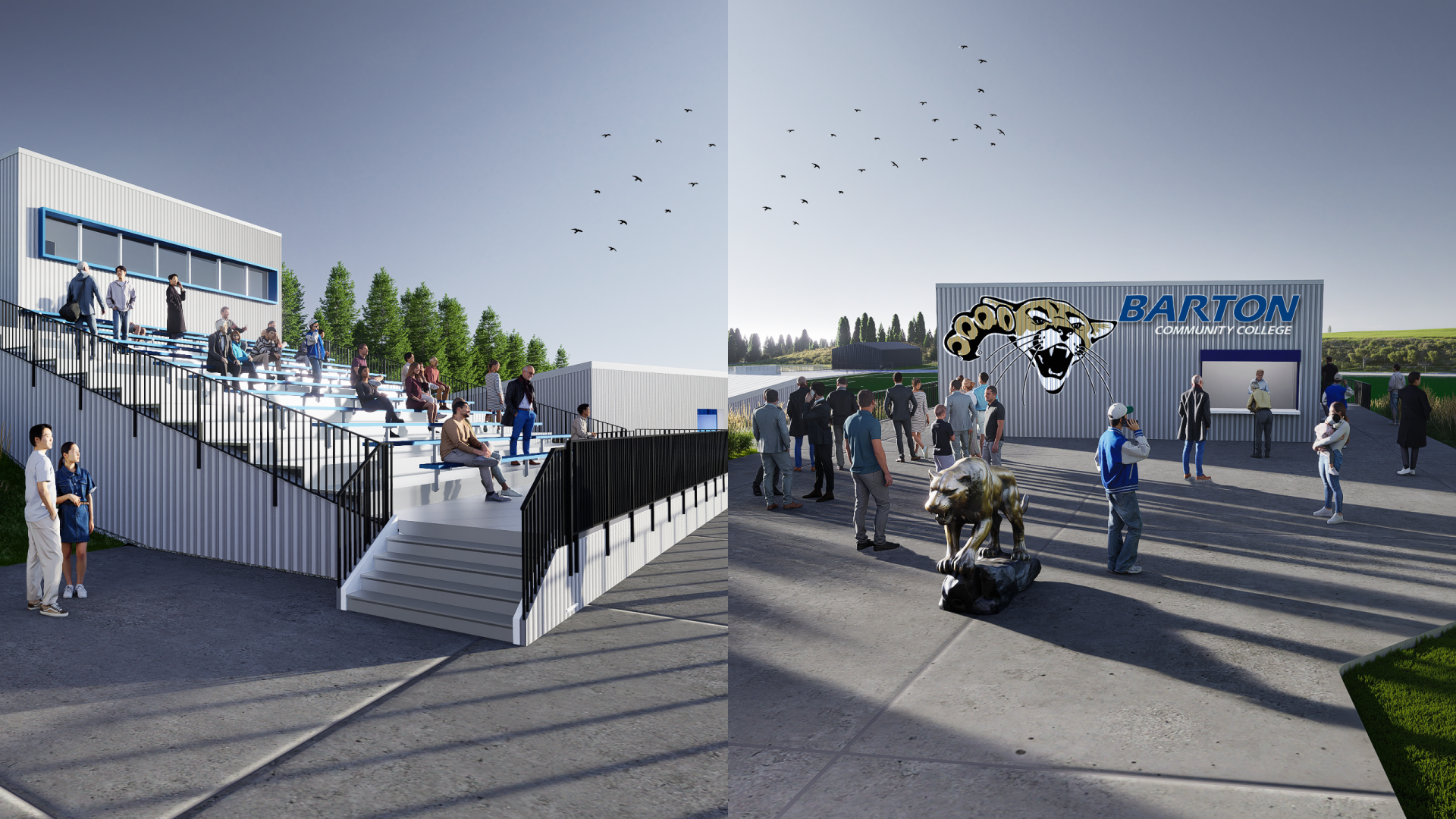




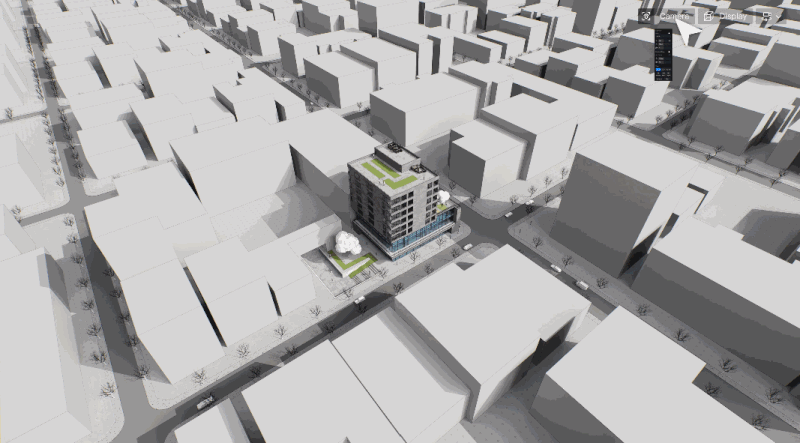

.png)

.png)


